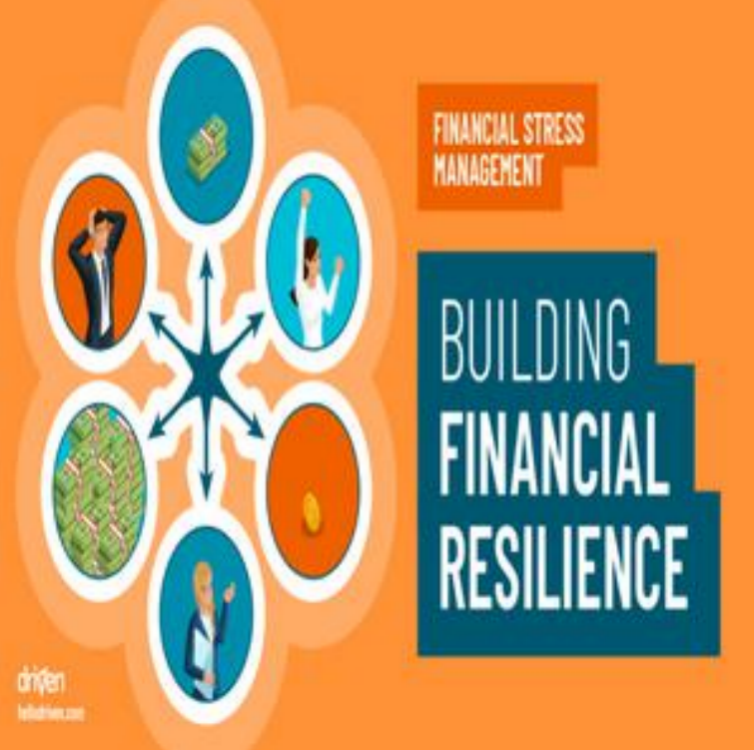In the financial market's winter, the private equity industry is undergoing an unprecedented liquidity crisis. Once thriving in the capital boom, the sector now resembles a luxury yacht trapped beneath a frozen lake possessing assets of immense value, yet unable to move an inch. The scale of unexited investments in global private equity funds has reached a historical high. At the same time, the number of successful exits via IPOS or mergers and acquisitions has dropped to its lowest point in a decade, tightening the noose around the industry's neck.

This crisis stems from three interwoven factors. First is the double-edged sword of leverage private equity funds now carry an average debt ratio of 6.8 times EBITDA, with some cases reaching a staggering 9 times through asset-backed loans. It's akin to strapping sandbags to a mountain climber: while it amplifies returns in a bull market, it becomes a deadly burden in a downturn. Second is the comprehensive blockage of exit channels: global IPO market financing has fallen 62% year-over-year, and M&A transaction volume is down 45%, resulting in severely "ageing" portfolios - assets held for more than five years now account for 47%. Finally, there's the imbalance in investor composition - long-term investors such as pension and endowment funds have passively increased their private equity allocations due to public market declines, with many institutions now hitting or exceeding their internal allocation limits.
In this perfect storm, secondary market funds have arrived like icebreakers, offering a way out of the impasse. Their business model is uniquely clever. Acquiring illiquid private equity assets at an average discount of 28% to net asset value, much like a savvy antique dealer scooping up heirlooms at a bargain during hard times. Data shows that top-tier S funds maintain internal rates of return above 20%, far exceeding the 12% average of primary market funds. This excess return stems from three key advantages: first, the "margin of safety effect," where significant discounts provide built-in risk buffers; second, the "optionality value," enabling selective investment in top assets; and third, the "cyclical rebound dividend," allowing for double-layered gams as markets recover.

More noteworthy is that secondary market transactions are undergoing a qualitative leap, evolving from simple asset transfers into innovative structural solutions. For example, "GP-led restructurings" allow original fund managers to retain control over high-quality assets while offering partial liquidity to investors. Similarly, "stapled transactions" bundle multiple fund assets into a restructured package, creating new investment targets. These innovations are like a precision inp amgation system designed for a parched desert, addressing urgent needs while focusing on long-term sustainability.
The landscape of market participants is also being deeply reshaped. Traditional buyers like Ardian and Lexington continue to expand, while rising stars such as Blackstone's secondary fund are emerging rapidly. Even some top-tier PE firms have started establishing dedicated S fund departments. This once-niche market has now surpassed S1.3 trillion in assets under management, becoming one of the main battlefields in the alternative investment space.

Looking ahead, this liquidity crisis will bring three profound changes: first, private equity valuations will become more rational, squeezing out inflated valuation bubbles; second, the role of the secondary market will be significantly elevated, becoming a standard part of asset allocation rather than a contingency option; and finally, the industry's operating model may undergo a transformation-from a linear "buy-enhance-exit" approach to a more flexible "value creation-diverse exit" ecosystem model. Just as melting glaciers reshape the landscape, this liquidity crisis is redefining the entire private equity ecosystem.


